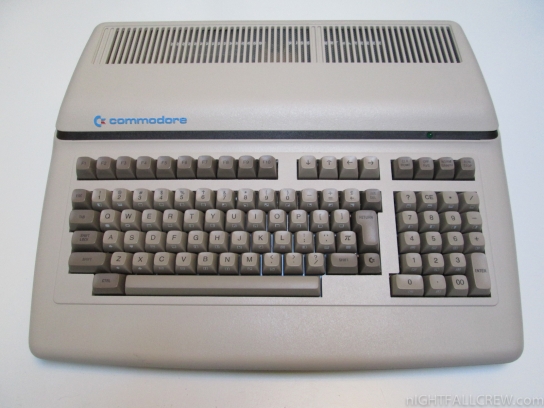
Autopsy:
I have received this computer to be repaired for a friend with a classic startup fault; the Black screen of Death.
After careful analysis of the problem and thanks to Alessandro Polito for the test, the failed component was the CPU 6509.
from Wikipedia:
The Commodore CBM-II series was a short-lived range of 8-bit personal computers from Commodore Business Machines (CBM), released in 1982 and intended as a follow-on to the Commodore PET series.
The CBM-II had two incarnations, the P series (P = personal, or, home use) and the B series (B = business use). The B series was available with a built-in monochrome monitor (hi-profile) with detached keyboard, and also as a single unit with built-in keyboard but no monitor (lo-profile). These machines were known as the “Porsche PETs” for their unique styling.
The P series used the VIC-II 40-column color video chip like the C64. It also included two standard Atari-style joystick ports. The 6509 CPU ran at 1 MHz in the P series due to the use of the VIC-II chip.
The B series used a 6545 CRTC video chip to give an 80-column “green screen” monochrome output more suitable for word processing and other business use than the VIC-II’s 40-column display. Most models have the Motorola 68B45 installed which is a pin compatible variant rather than the MOS 6545A1 2 MHz part. On the B series the 6509 CPU ran at 2 MHz.
Features common to both the P and B series included an MOS Technology 6509 CPU, an enhanced version of the venerable 6502, that was capable of addressing up to 1 megabyte of RAM via bank switching (however, no CBM-II model came with more than 256 kilobytes of RAM, 1/4 megabyte). The sound chip was the 6581 SID, the same one that was used in the popular Commodore 64 (C64) but with some limitations as it was over-clocked to 2 MHz. Additionally, the CBM-II had an industry-standard RS-232 serial interface and an IEEE-488 parallel bus (for use by disk drives and printers) just like the PET/CBM series. The CBM-II’s built-in operating system used an enhanced version of CBM BASIC version 4.0.
An optional Intel 8088-based coprocessor board allowed the CBM-II series to run CP/M-86 1.1 and MS-DOS 1.25; however, the computers were not IBM PC compatible and very little, if any, software taking advantage of this capability ever appeared. The coprocessor board only ran on hi-profile machines due to power supply and mechanical spacing requirements.
The production naming within the United States and Canada was the B128/B256 and CBM128-80/CBM 256-80 while in Europe they were known as the 600 and 700 series respectively (no “B” in front of the model number). The P machine was known worldwide as the 500 series. There are prototype models though such as the B500 (earlier B128 design) and B700 (earlier CBM 128-80/CBM 256-80 design) known to exist.
Due to the popularity of the C64, the P series was cancelled in the United States before it could be officially released; however, a few dealers who received preproduction units sold them. As these computers had not received approval from the Federal Communications Commission, this caused legal problems for Commodore. The units were recalled and destroyed, but a very small number exist today, in private collections. At least one model, the P500, was commercially released in Europe but only sold in small numbers.
source: wikipedia
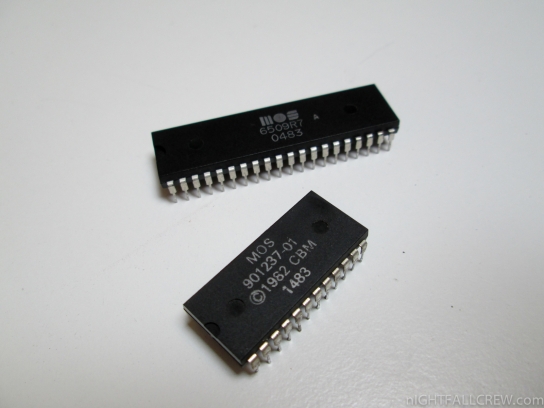















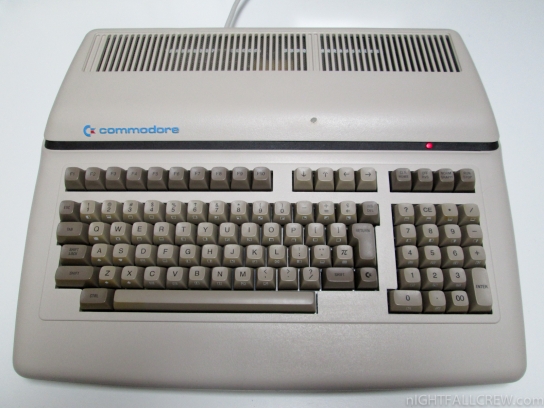















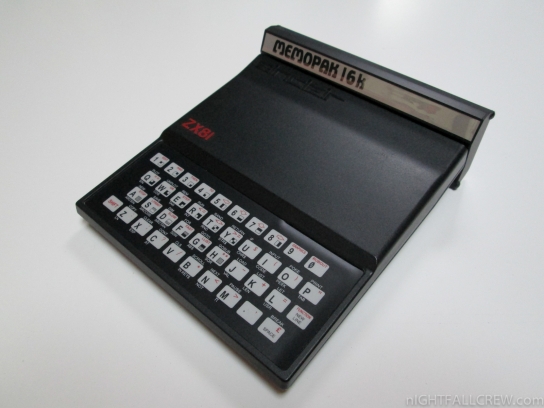









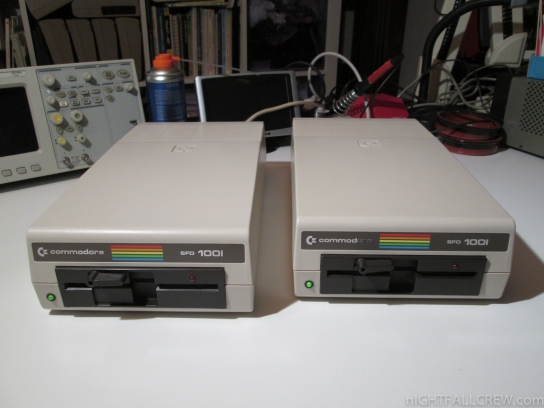















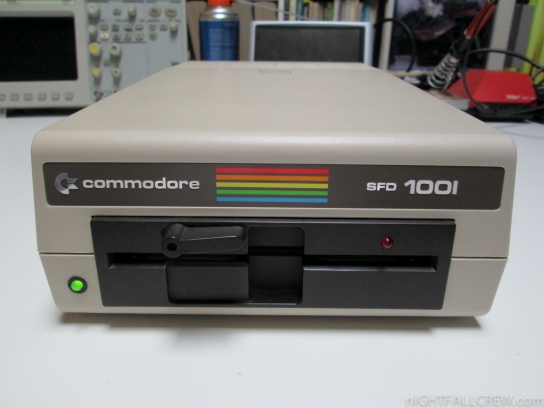















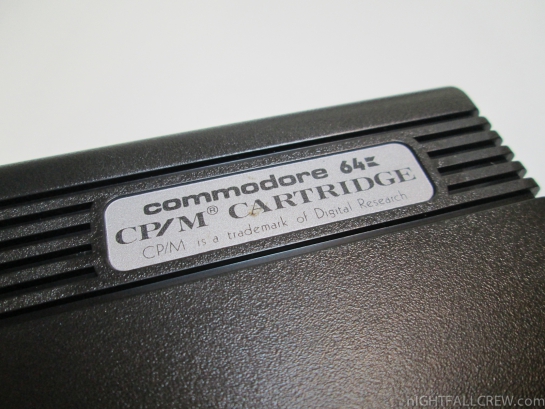










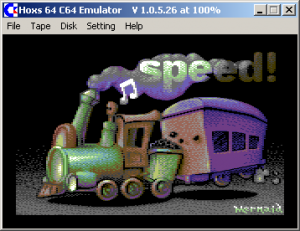 Hoxs64 written by David Horrocks is a Commodore 64 emulator for Microsoft Windows 2K/XP/Vista/Seven (DirectX 9+)
Hoxs64 written by David Horrocks is a Commodore 64 emulator for Microsoft Windows 2K/XP/Vista/Seven (DirectX 9+)
















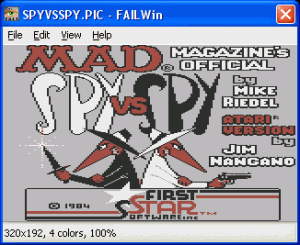 FAIL is a viewer of pictures in native formats of Atari 8-bit, Atari ST, Atari Falcon and Atari Portfolio computers.
FAIL is a viewer of pictures in native formats of Atari 8-bit, Atari ST, Atari Falcon and Atari Portfolio computers.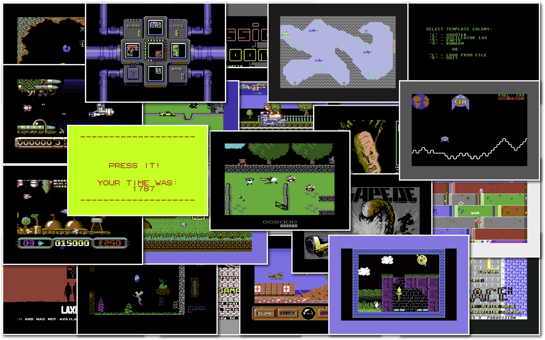 Some new games or tools (Cracked / Trained or Unrealeased) for Commodore 64 have been released from your favorites groups.
Some new games or tools (Cracked / Trained or Unrealeased) for Commodore 64 have been released from your favorites groups.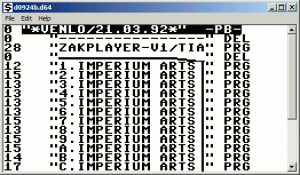 Arc64 is a small tool to deal with D64, T64, LNX and ZipCode archives. It can be used to edit D64 images, run D64 images in the WinVice emulator, run
Arc64 is a small tool to deal with D64, T64, LNX and ZipCode archives. It can be used to edit D64 images, run D64 images in the WinVice emulator, run







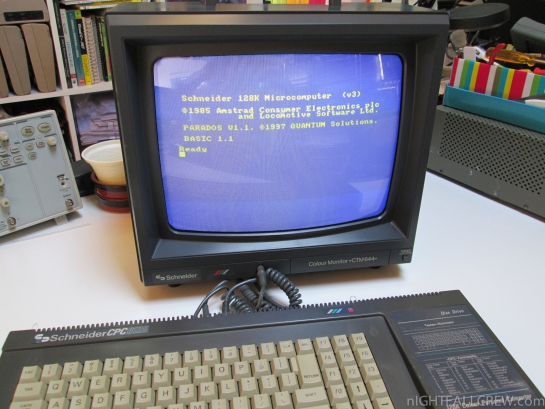


















Recent Comments